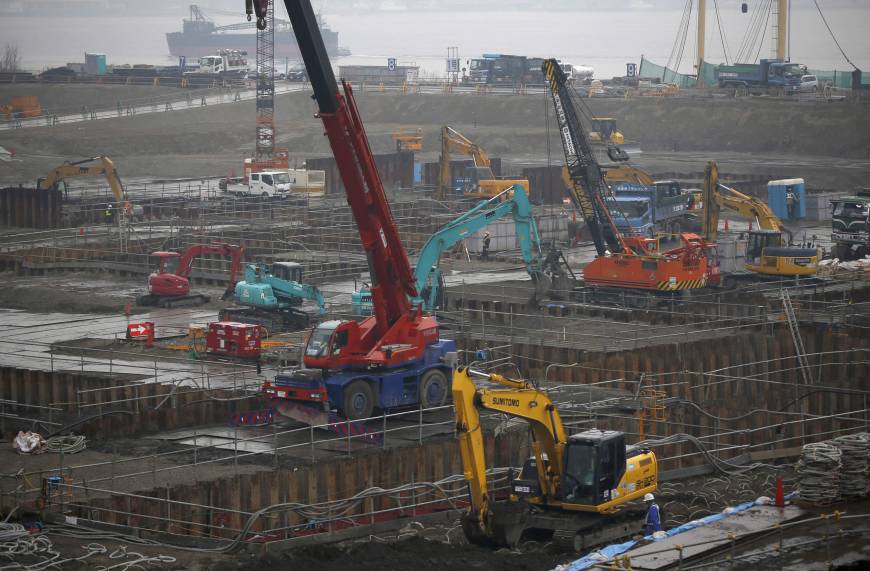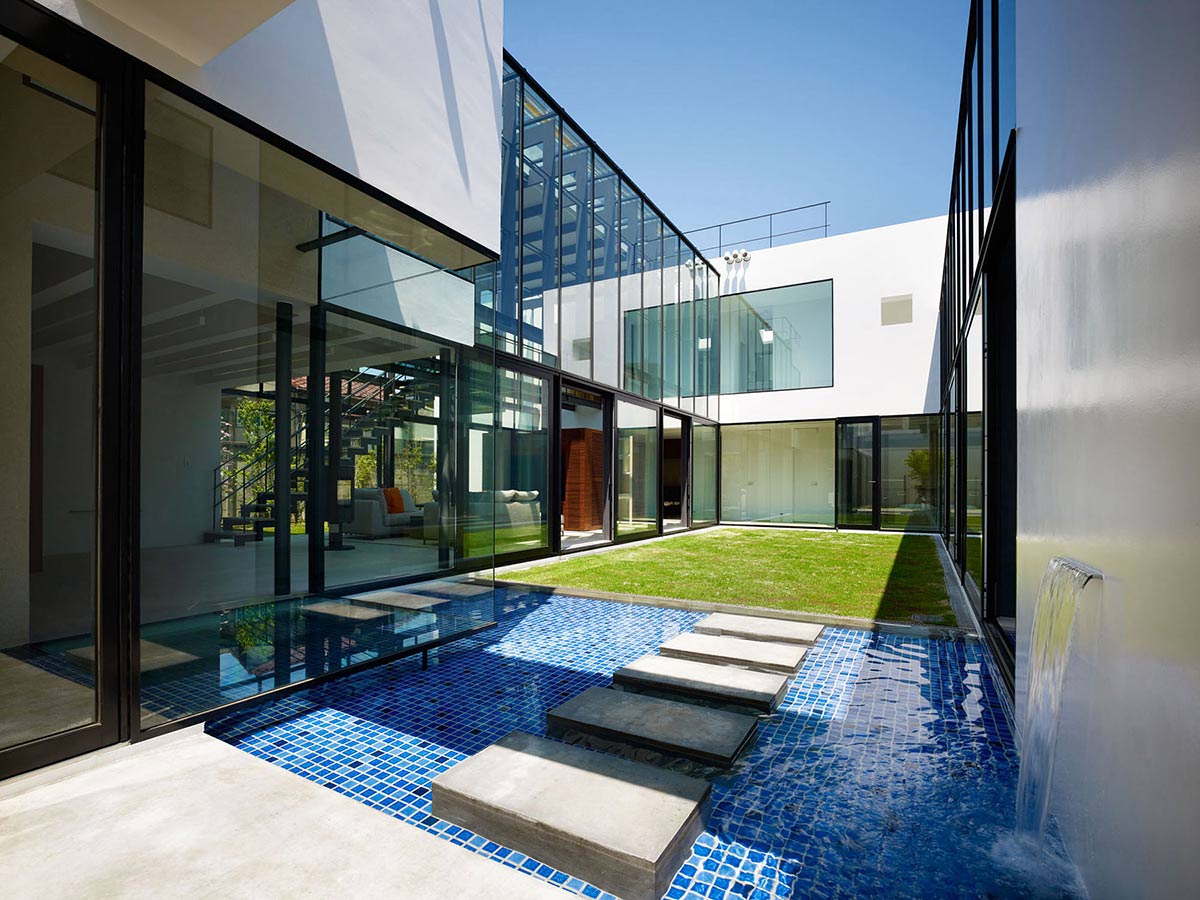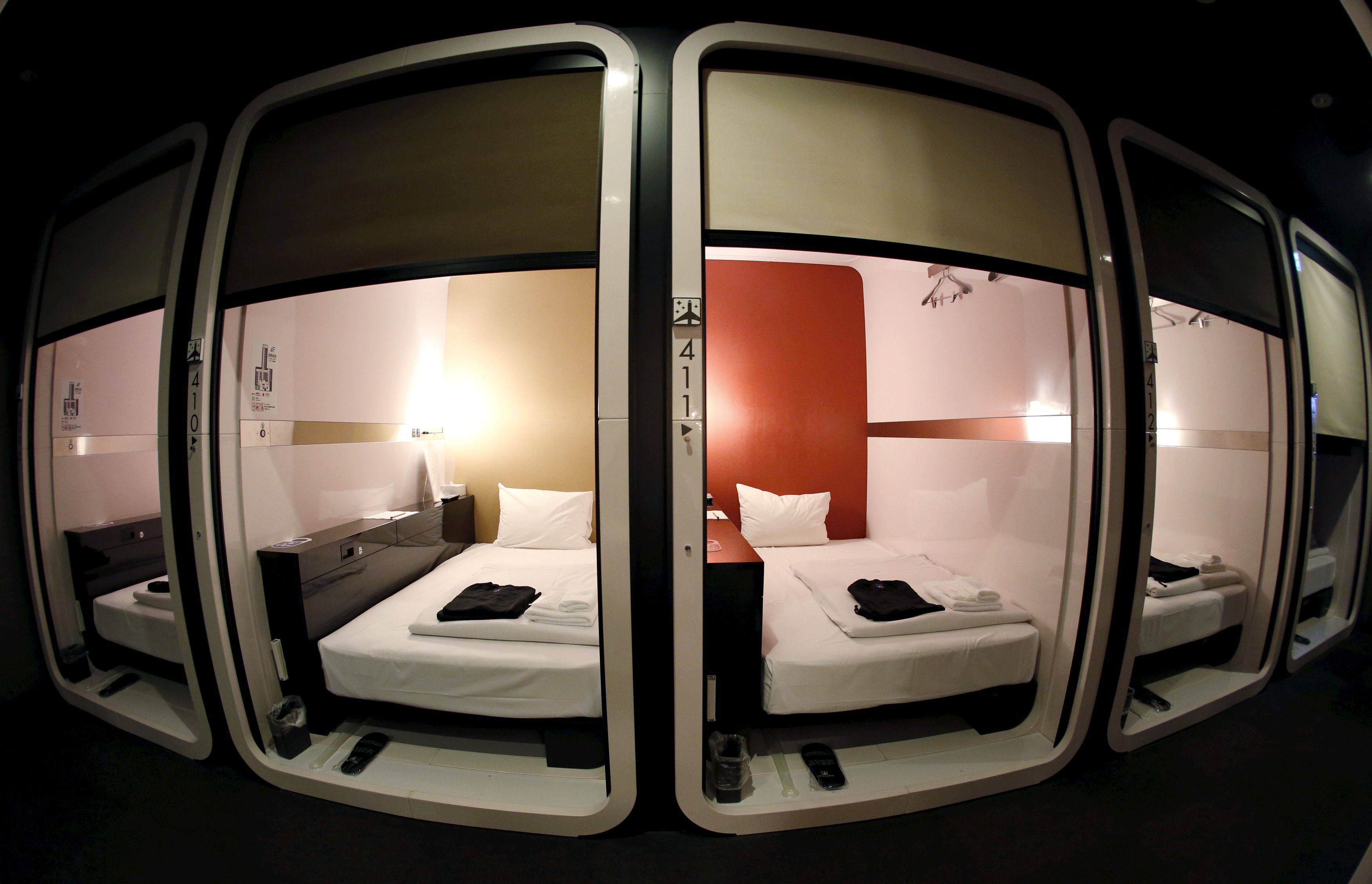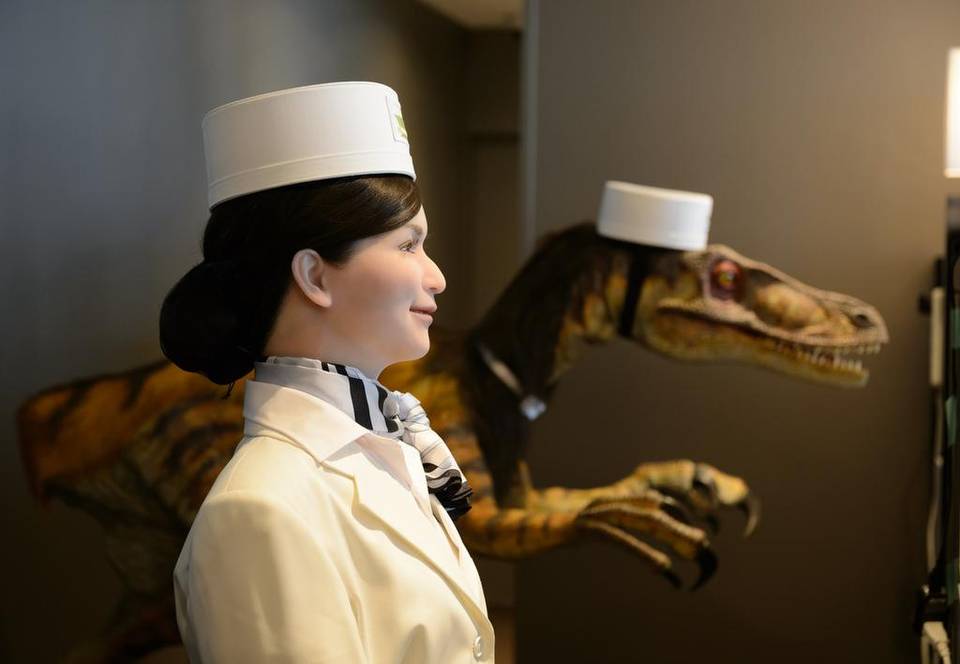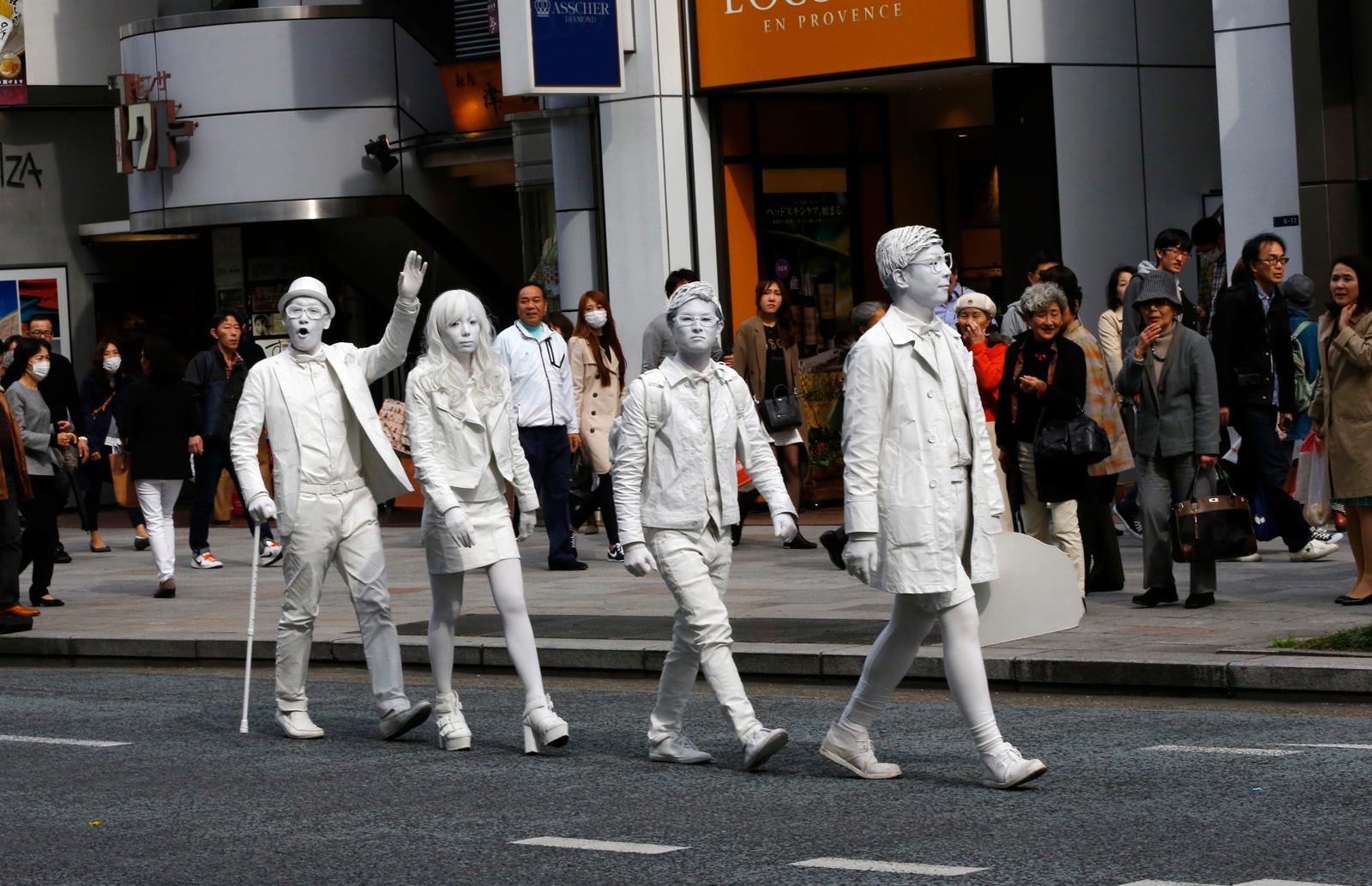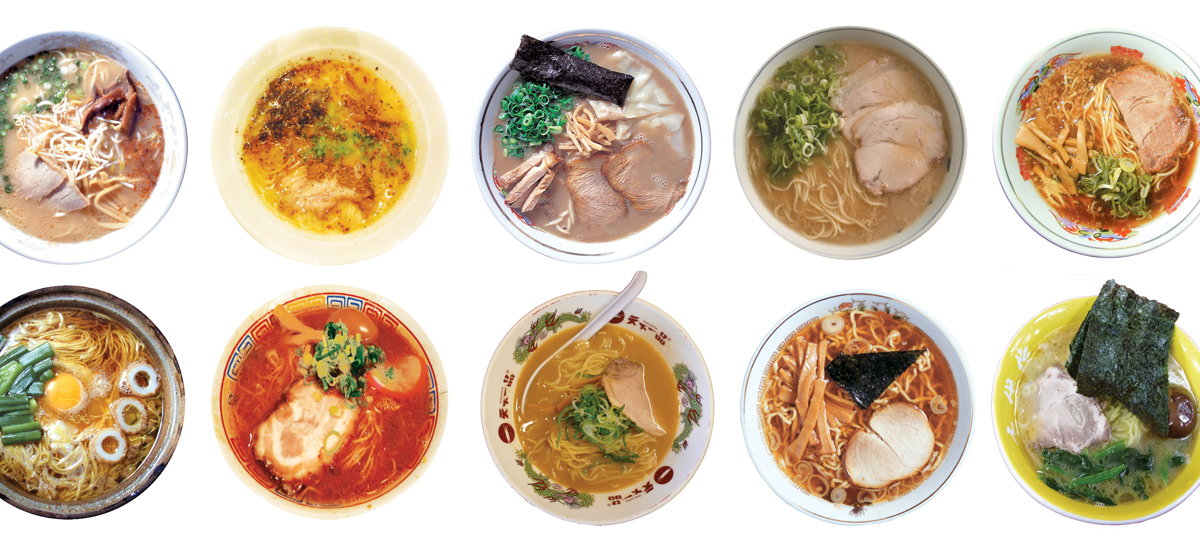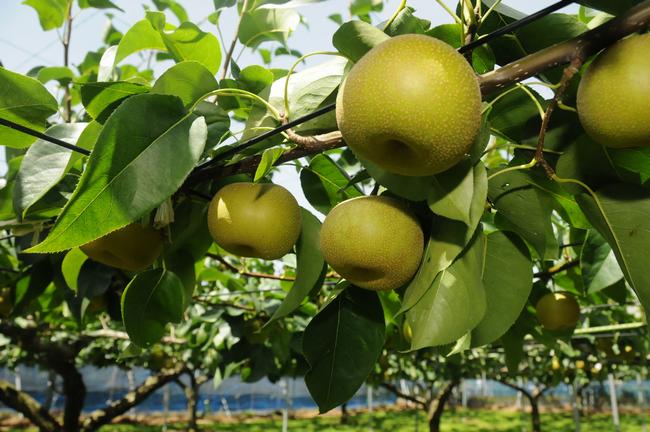- 08/23/2015
- 02/22/2021
Tokyo: Prices reach 23-year high for newly-built apartments, luxury types take the lead
Hanabi (fireworks) is not the only thing going ???boom??? in Tokyo these days. Tokyo???s real estate market is also enjoying a boom of its own. According to a recent report published by the Real Estate Economic Institute, the average price of new apartments released for sale in 23-Ward Tokyo reached JPY79.84m, an increase of 27.9% year-on-year (YoY). The average price per square meter was JPY1,199,000, representing a YoY growth of 34.6%. An increase in the supply of higher-end condos and the rising construction costs are cited as key reasons for this price growth. More interestingly, sales of luxury, high-end properties costing over JPY100m now represent over one fifth of the entire 23-ward market. While there were 2,020 units on the market in July for 23-ward Tokyo, of which 83.3% were sold (1,684 units), out of this, 417 units (22% of the total) ?had cost over JPY100 million. One key example of this rapid growth is the Brillia Towers Meguro development in the Meguro station area. A total of 603 units were sold in July, of which the average price tag was a whopping JPY111.47m. Apparently, there were an average of 3.4 offers for every unit released for sale, and as […]
